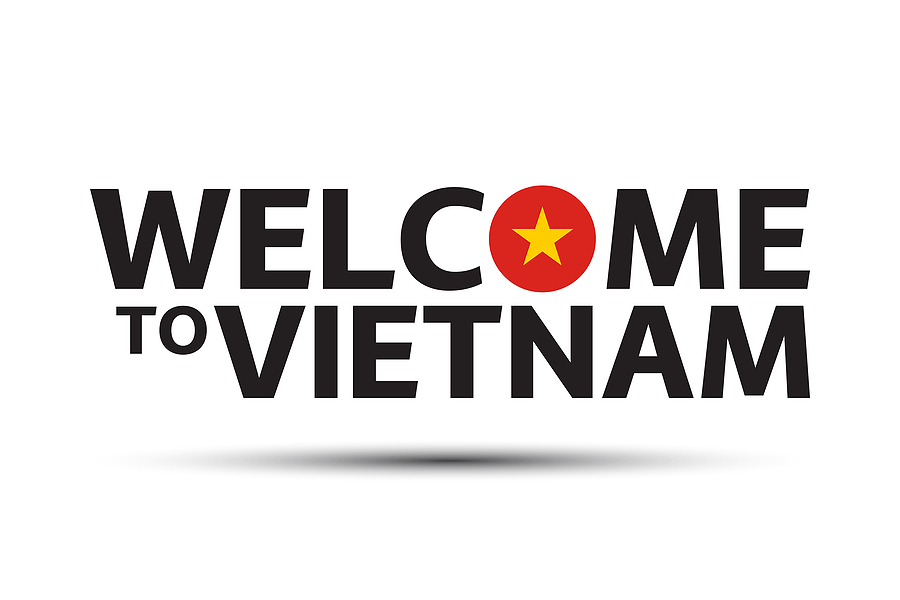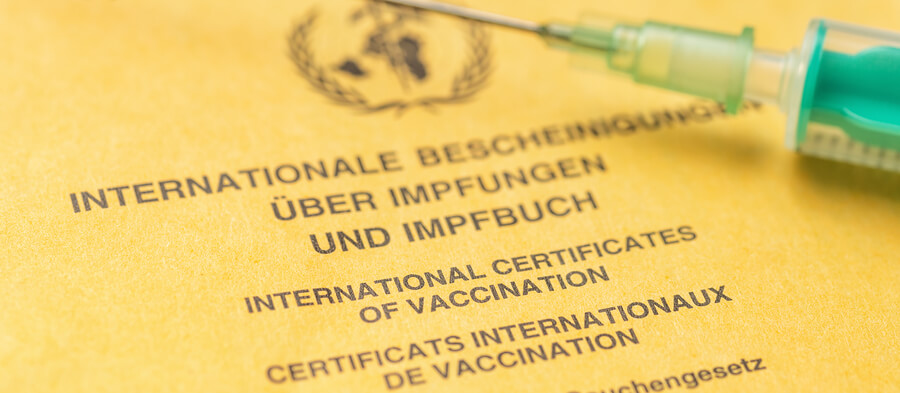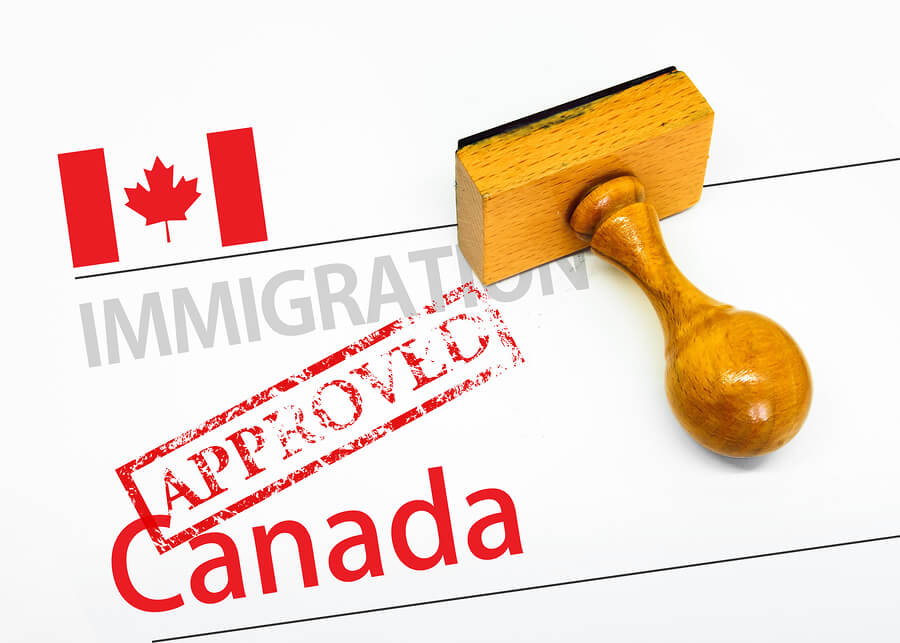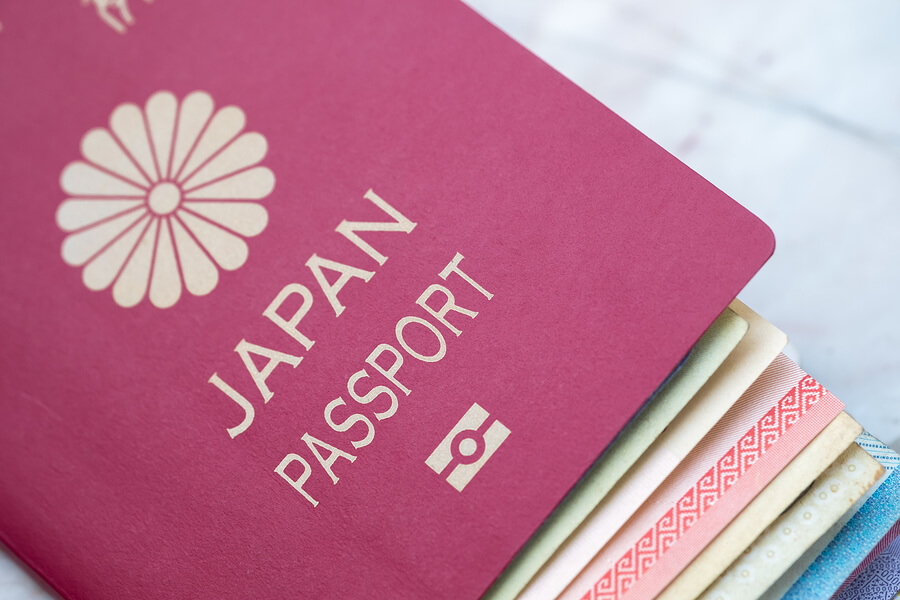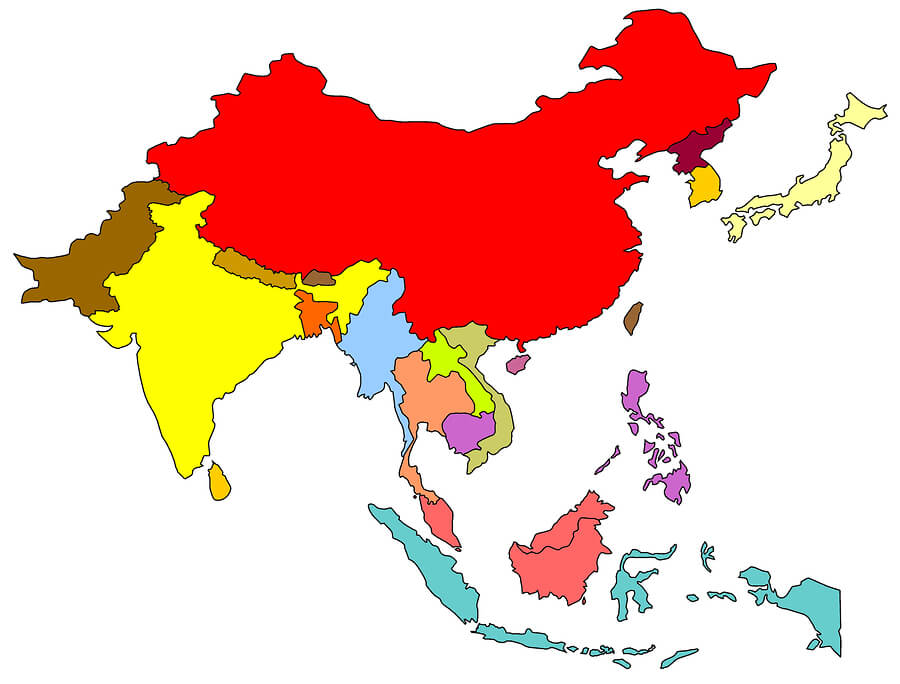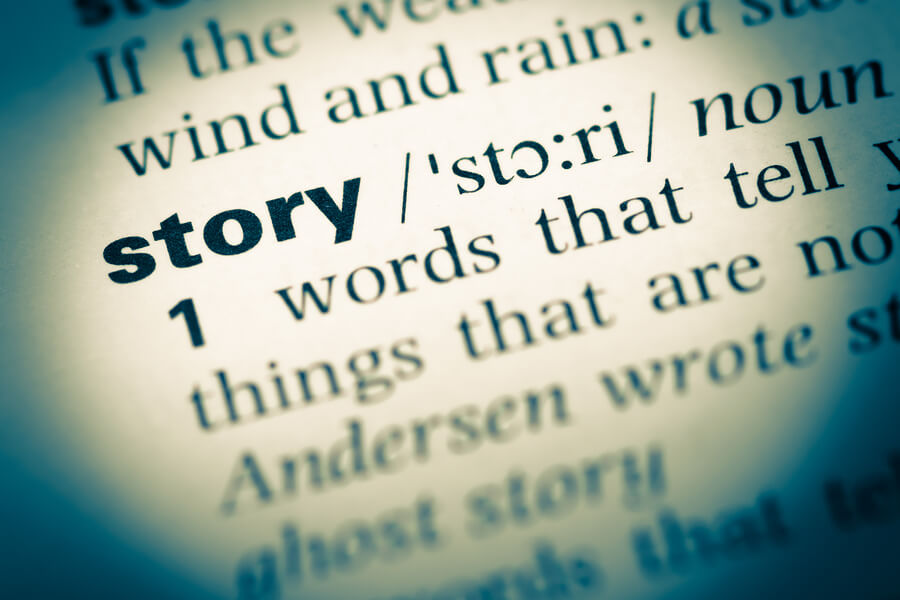Easter is a Christian holiday with celebrations honoring Christ’s resurrection from the dead. Easter usually involves celebration as it is considered to be an important event in the Christian year.
It is celebrated in many different countries where immigrants have settled from all around the world so translations need to be provided to explain the significance of the Easter traditions. This means more people can feel comfortable participating in the Easter events because they understand their significance.
How Easter is celebrated around the world
- In the USA, Easter traditions may include nice treats which are delivered through the Easter Bunny and hunts for Easter eggs too.
- Children in Sweden celebrate Easter by gathering together with old clothing and then dressing up as witches. Many will offer artwork and drawings which they exchange for sweets.
- In Haiti, Easter celebrations are a mix of African and Christian beliefs. Drums, maracas, and bamboo trumpets make up Easter activities in Haiti.
- In France, church bells replace the Easter bunny so when the church bells don’t ring from Good Friday until Easter Sunday, the bells form wings that allow them to fly within the cities where they deliver sweets to children.
- In Poland, the colder temperatures don’t stop the people from maintaining their Easter tradition of soaking each other with buckets of water which dates back to more than 1,500 years ago.
- In the Czech Republic on Easter Monday, long sticks are decorated with colorful ribbons which are then used as whips which are used to playfully tap women as they walk by. The idea is to transfer the sticks’ fertility to the women.
- In Spain, Easter festivities take place at night when participants march through the streets dressed up in skeleton costumes while acting out scenes from The Passion of Christ. In other regions of Spain, straw effigies of renowned people are placed throughout the cities before Easter and then they have ripped apart and the pieces are thrown up into the surrounding air.
- Corfu has a quite unusual Easter tradition that takes place on Holy Saturday which involves clay pots. It is called “Pot Throwing,” because the pots are thrown from windows in the hope that the coming crops will soon fill up these new pots.
- Italy celebrates a 350-year-old ritual at Easter in Florence. It is called ‘’The Explosion of the Cart’’, or in Italian, Scoppio del Carro, and represents the hope for a bountiful harvest in Spring. A cart filled with fireworks is driven around Florence’s streets by people dressed in costumes dating back to the 15th-century. The procession terminates outside the Duomo when the Archbishop of Florence lights a fuse at Easter mass. As the lit fuse hits the cart, a fireworks display is set off for all present to enjoy.
- In Norway Easter crime, or Paaskekrim, is the tradition where Norwegians participate in the reading of mystery novels or watching detective programs on TV. Throughout Easter week, many Norwegians go on ski holidays in the mountains.
How Easter is celebrated in Australia
The celebration of Easter in Australia is at the start of the country’s autumn. The Easter celebrations start on Shrove Tuesday and end at Whitsun. This is a 50-day celebration and Australians observe many rituals such as Pancake Day with pancake races, consuming hot cross buns, playing egg-hunts, and hosting Easter shows. Easter in Australia uses a fictional rodent named ‘Easter Bilby’ as the key Easter symbol and not the Easter bunny which when introduced into the country devastated crops. Colorfully wrapped Easter eggs are consumed during the traditional family get-togethers.
Many families take part in Easter hunts inside homes and gardens which involves children hunting for the eggs. The game comes to an end when the child has found the largest number of eggs.
Finally, sharing an Easter meal with one’s relatives is the most important annual tradition in Australia. This meal is made up of roast lamb, chicken, or beef with roasted vegetables such as carrots, potatoes, and pumpkin.




